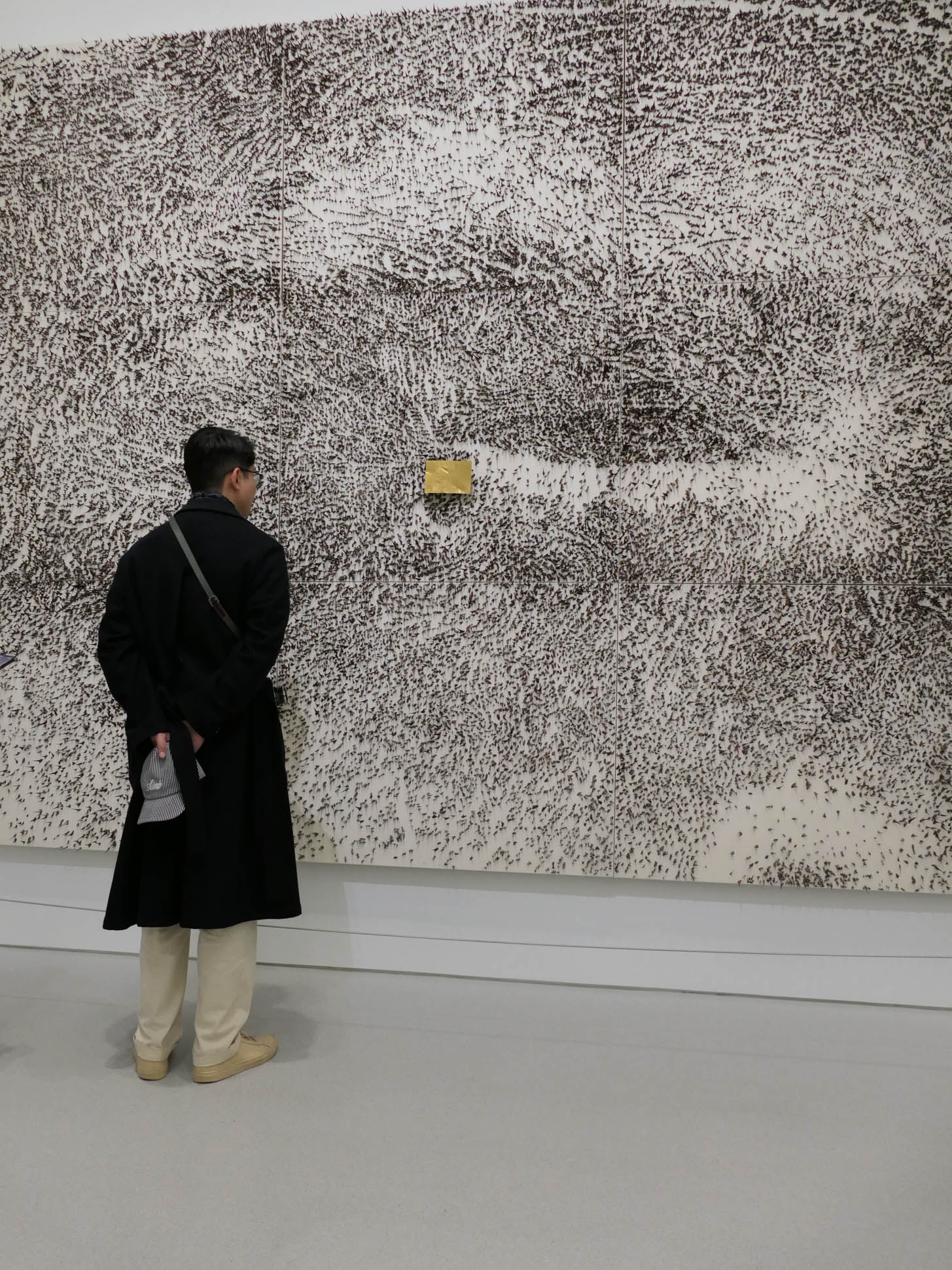Arte Povera exhibition at Bourse de Commerce, Paris
The Arte Povera movement, which translates to “poor art,” emerged in Italy during the late 1960s as a reaction against the commercialization of art and the dominance of traditional artistic materials and methods. Artists involved in this movement sought to challenge established norms by using simple, unrefined materials—such as soil, stones, and everyday objects—to create their works. This approach was not just about the materials themselves but also about the ideas they conveyed, often reflecting themes of nature, process, and the relationship between art and society.
At the Bourse de Commerce, the exhibition highlights Arte Povera’s artists employed their chosen materials to express political and social commentary, as well as personal narratives. The works include installations, sculptures, and mixed media pieces that invite viewers to reconsider their perceptions of art and its function in contemporary life.
Key figures in the Arte Povera movement include
Giovanni Anselmo, Alighiero Boetti, Pier Paolo Calzolari, Luciano Fabro, Jannis Kounellis, Mario Merz, Marisa Merz, Giulio Paolini, Pino Pascali, Giuseppe Penone, Michelangelo Pistoletto, Emilio Prini, and Gilberto Zorio.


















